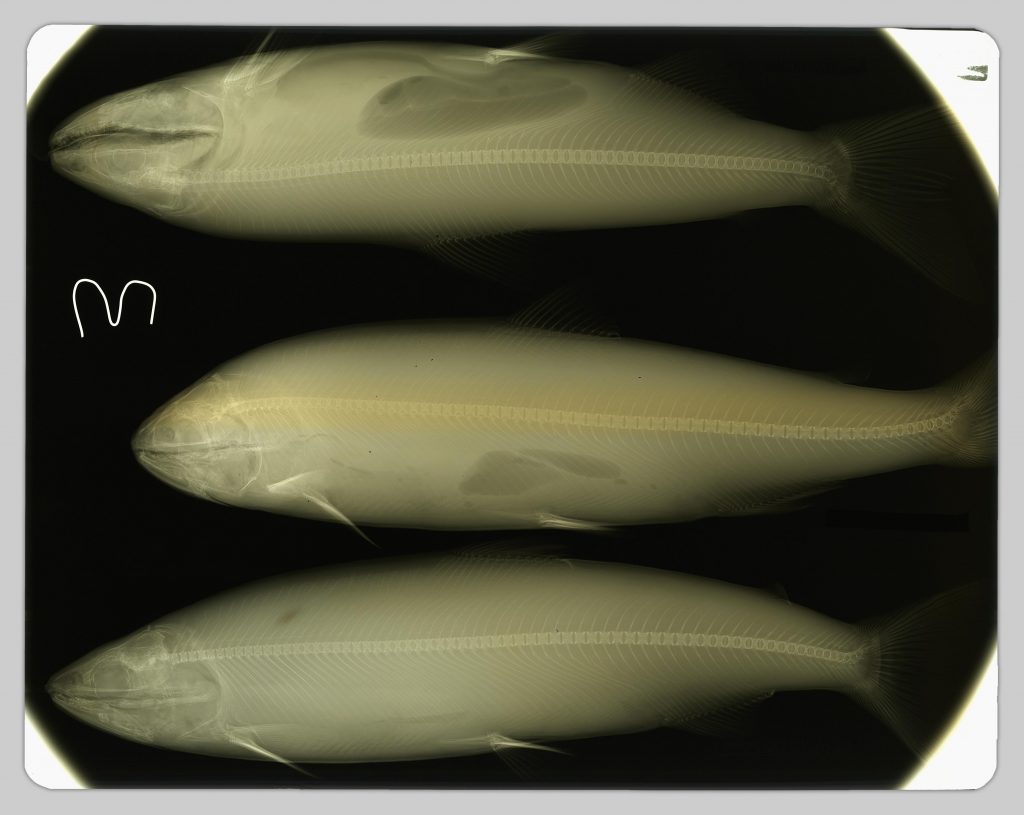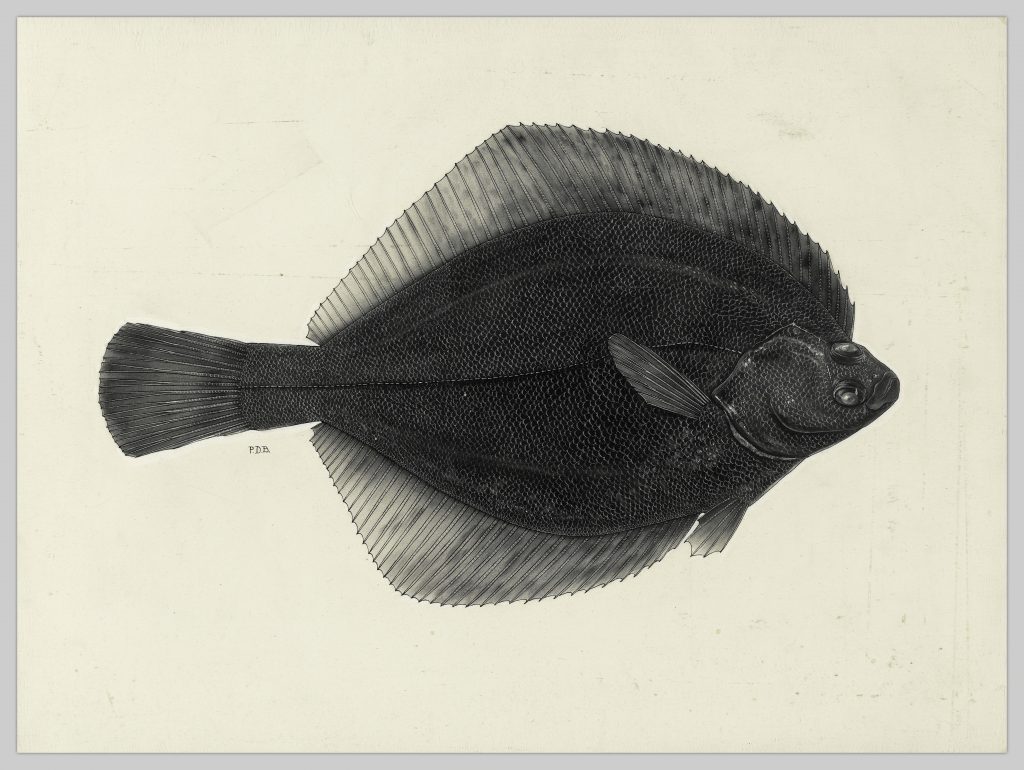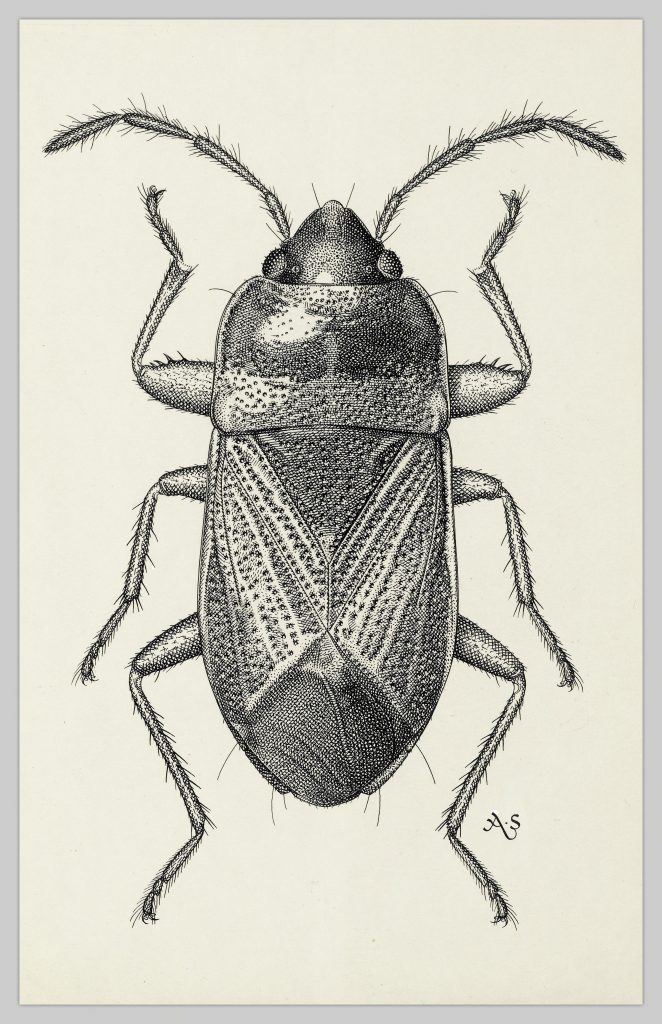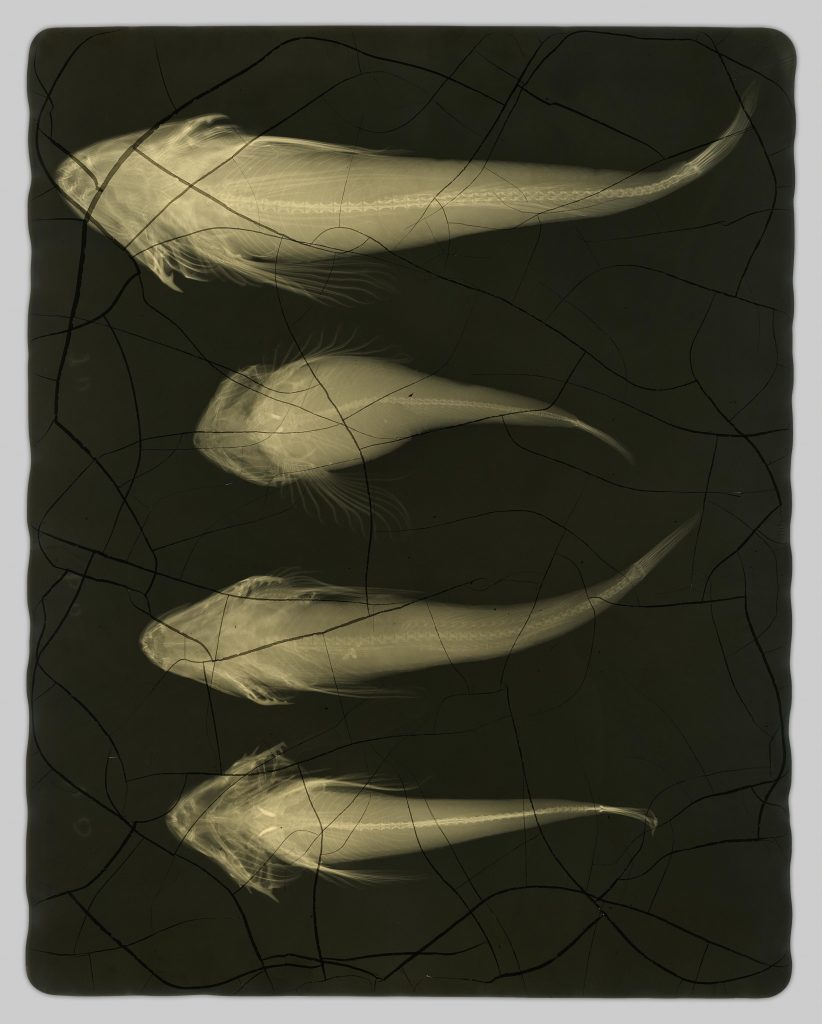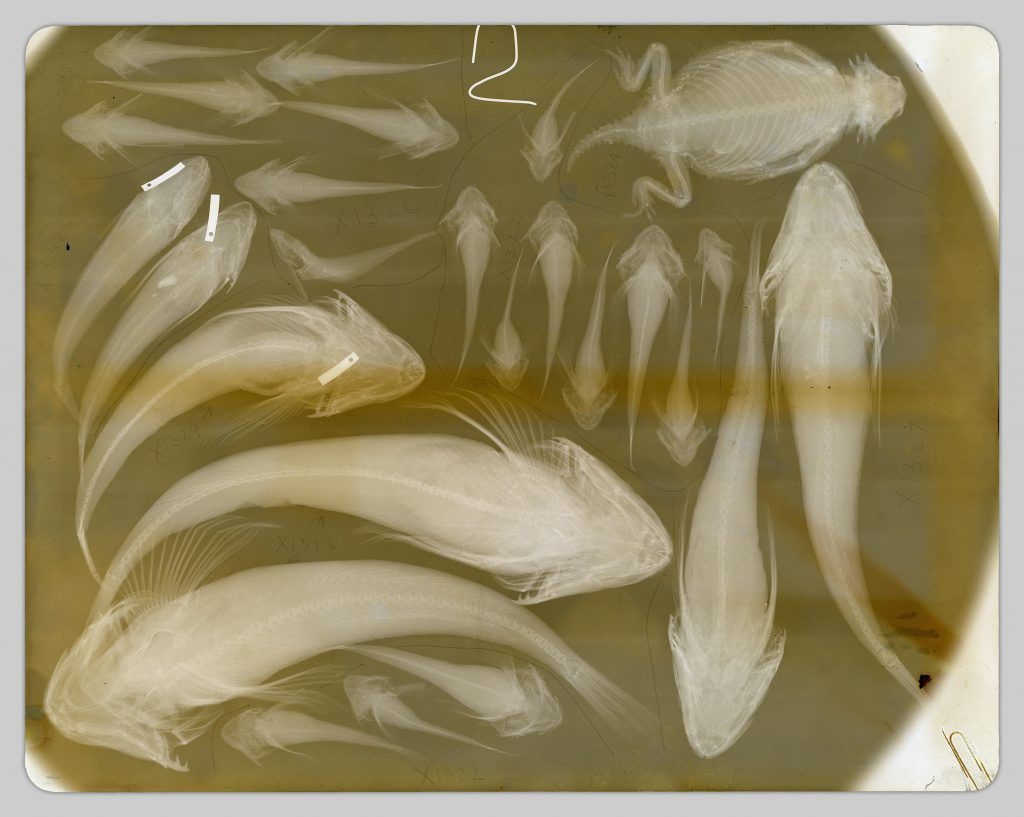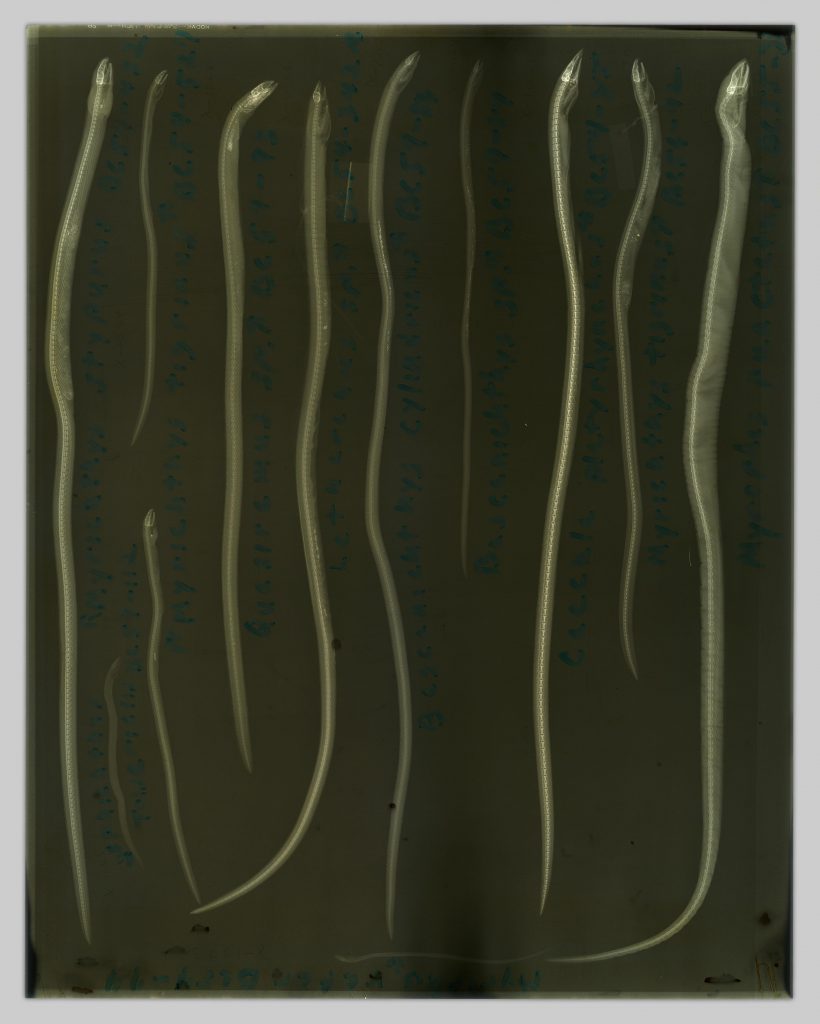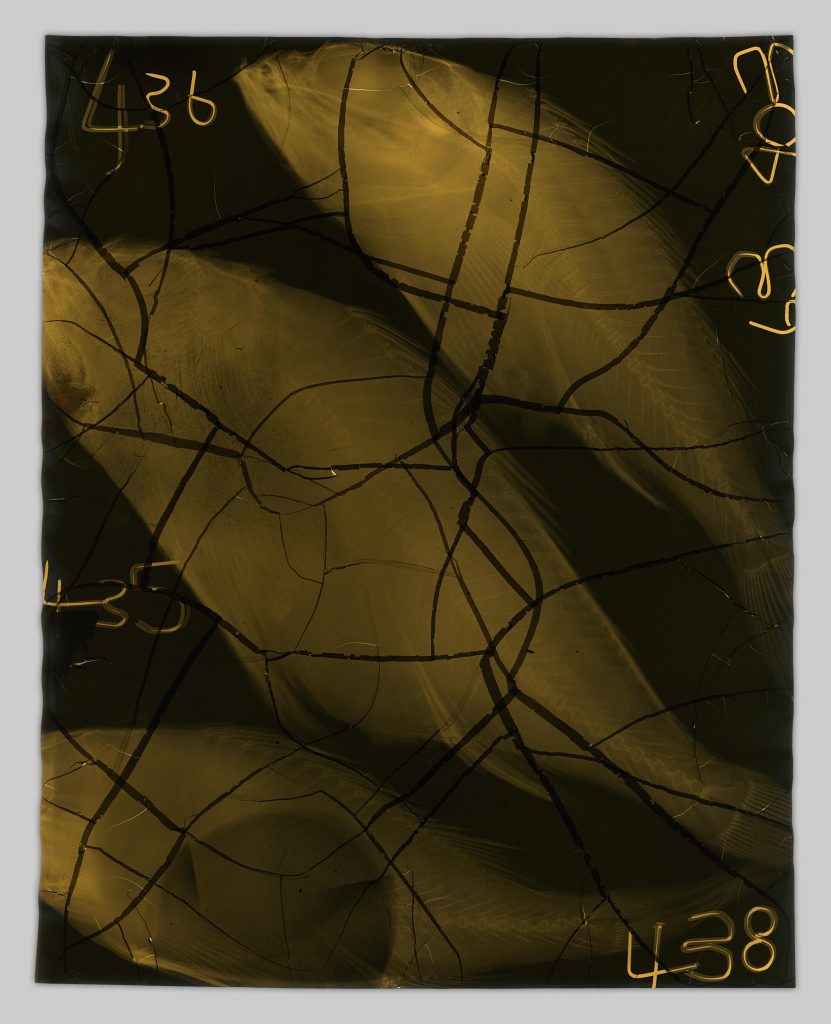When the Beaty Biodiversity Museum approached us about digitizing a collection of natural history images, we couldn’t possibly say no. This new digital repository of 848 natural history images was completed in September and is now available to view on Open Collections.
The collection includes an array of insect and fish illustrations, as well as numerous x-ray images (radiography). The radiographic materials are interesting because not only do they offer a rarely seen look at the skeletons of certain specimens, they also speak to how x-rays are used in fish identification. X-rays like these were taken so scientists could study the bone structure in order to determine which species they are looking at.
The following plates show some of the different animals that were documented for identification purposes.
Digitizing the x-ray materials carried unique challengers for our team. The radiographs were produced on cellulose acetate in the 1960s-70s. This material degrades over time and develops what is known as ‘vinegar syndrome.’ This is a progressive deterioration that leads to cracking and the release of a strong vinegar odour – a process connected to the presence of acetic acid. Therefore, many of the x-rays scanned by the Digitization Centre were cracked and didn’t smell pleasant.
Here is an example of a plate in an advanced state of degradation:
When physical archival items are in danger of becoming too fragile, digitization becomes an act of preservation that helps ensure they’re documented for future use.
Due to the state of this aging x-ray collection, we are pleased that we had the opportunity to team up with Beaty Biodiversity Museum to get it done.
We hope you enjoy learning more about this collection here and browsing the fascinating images!
